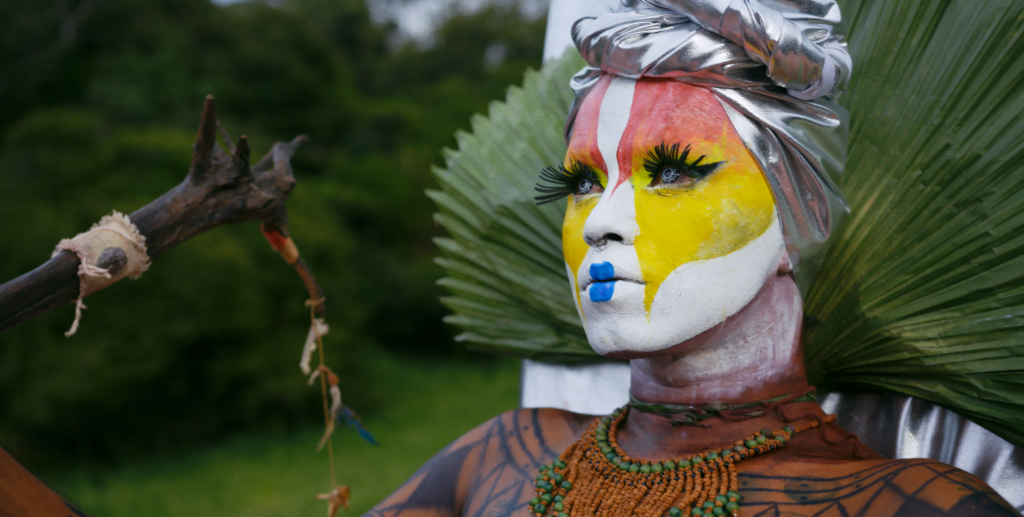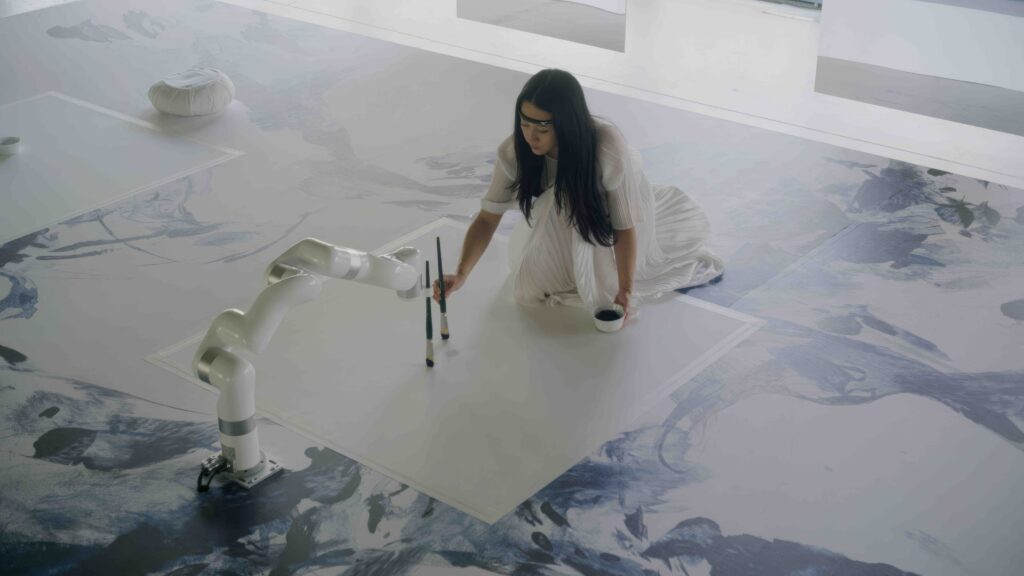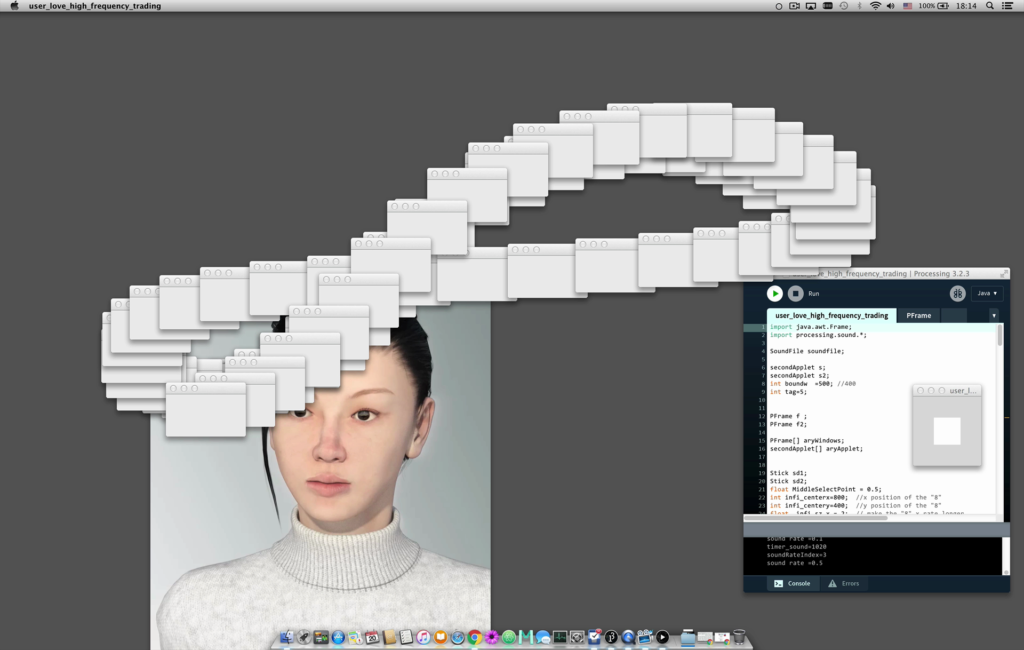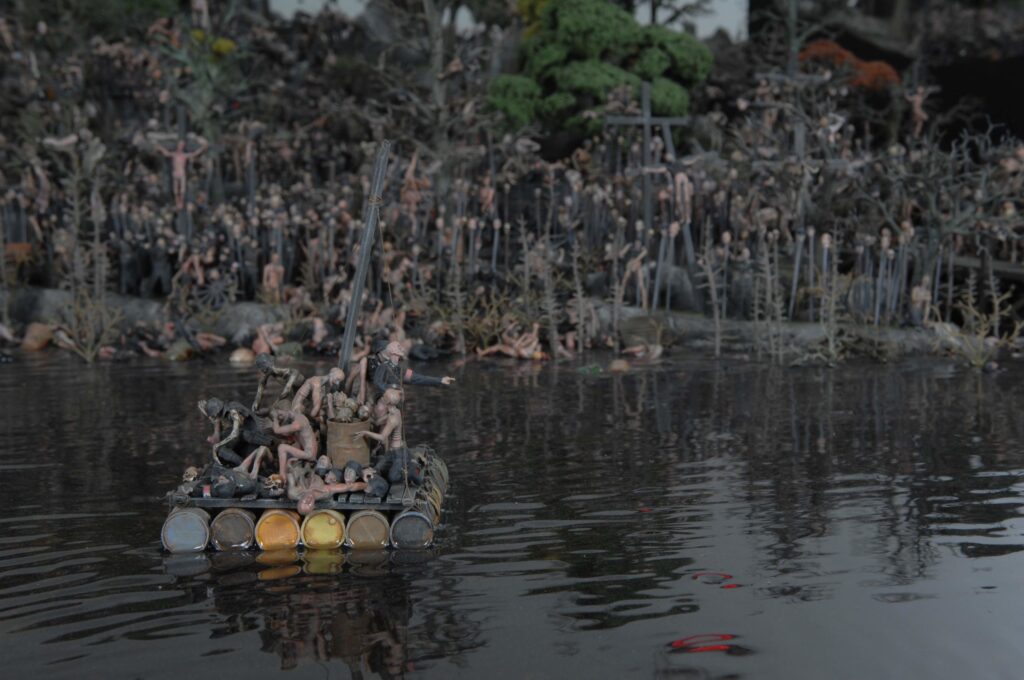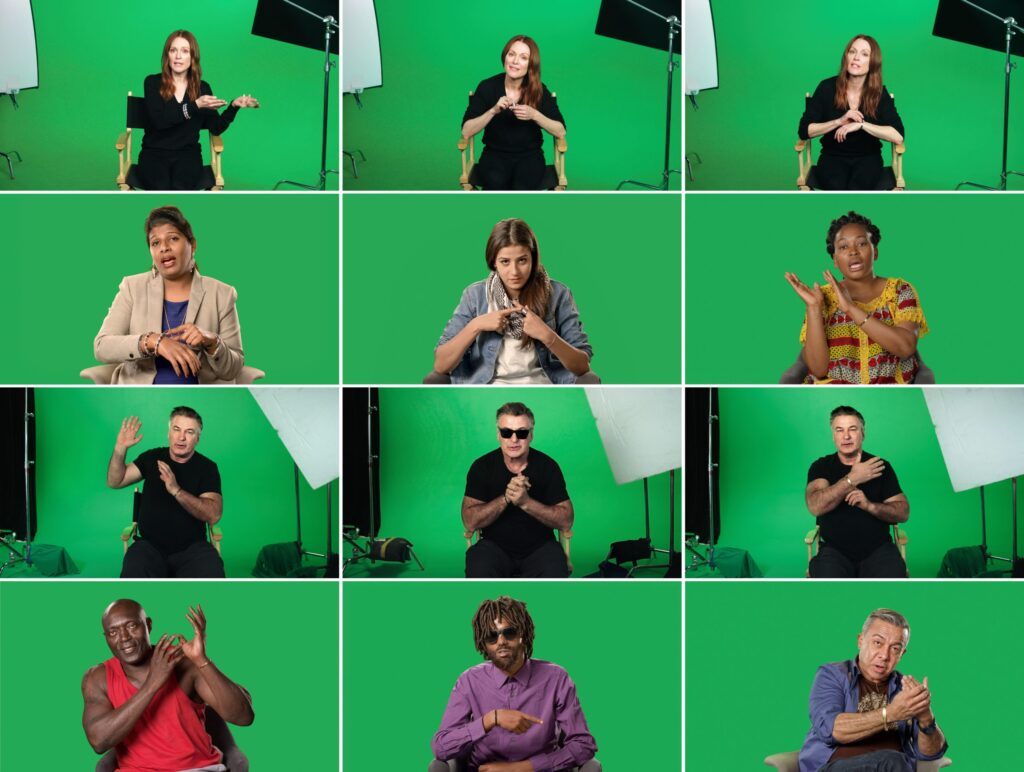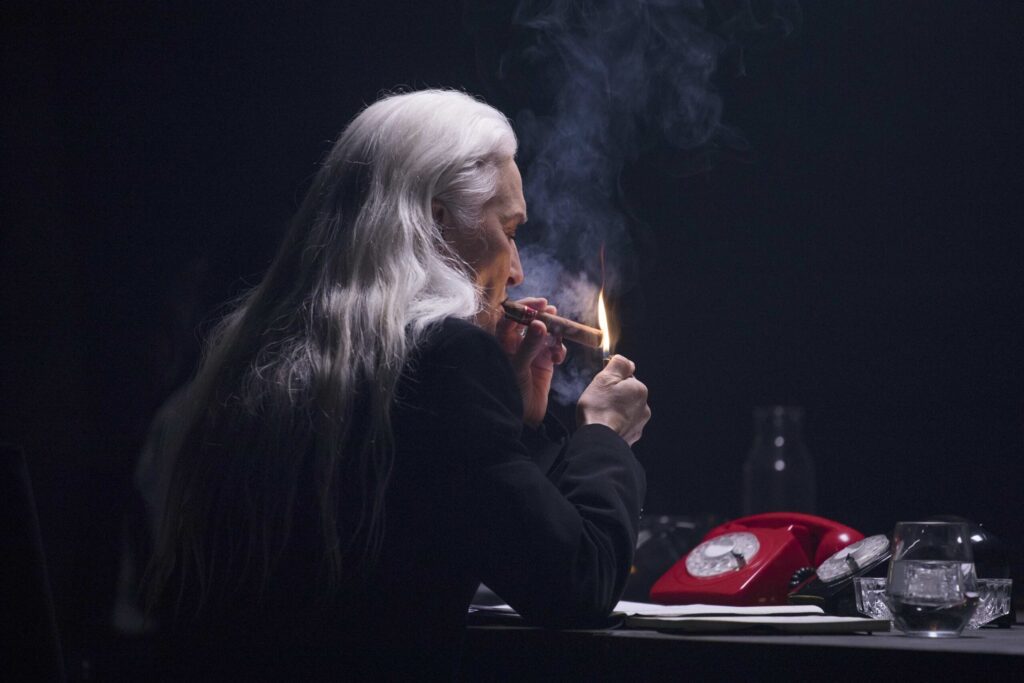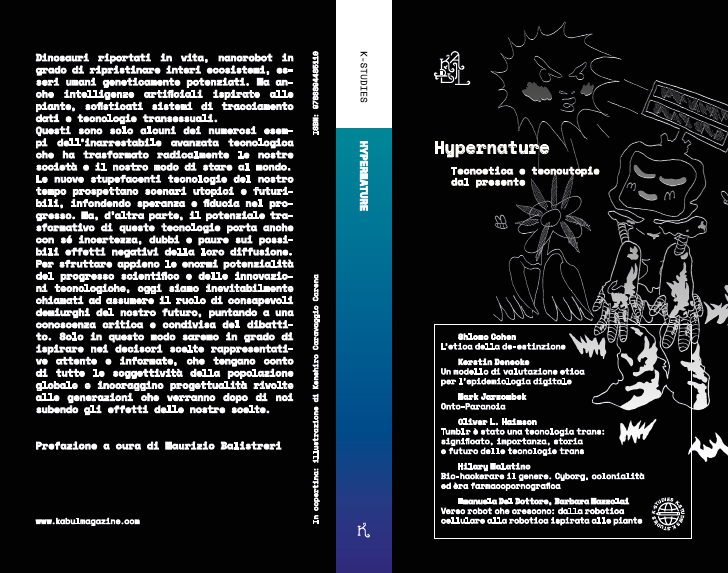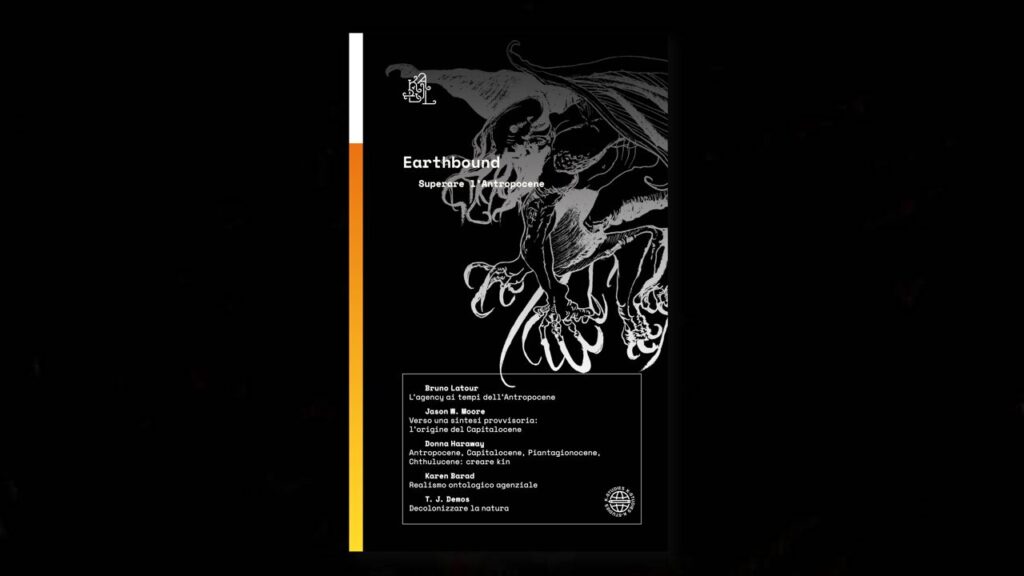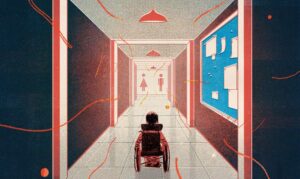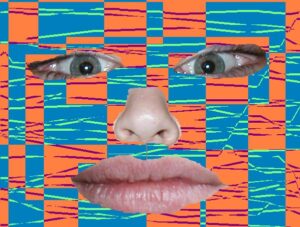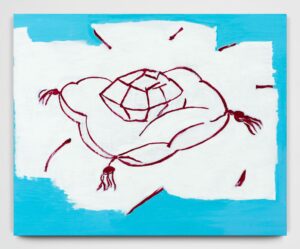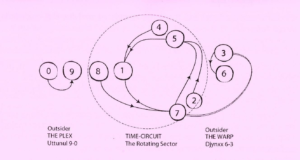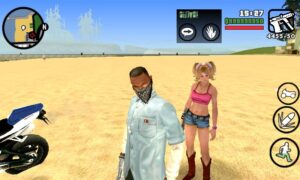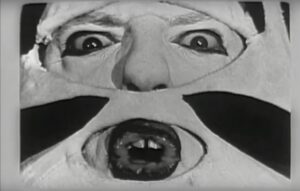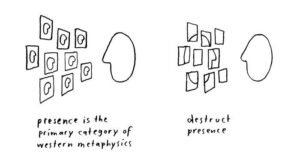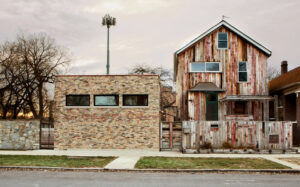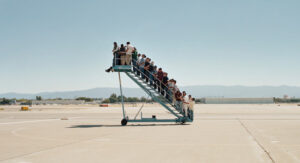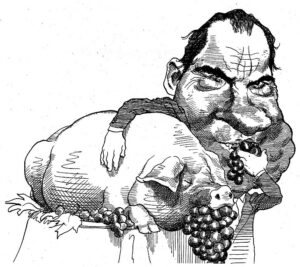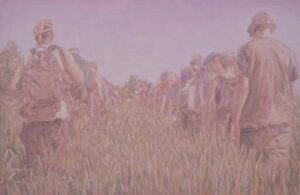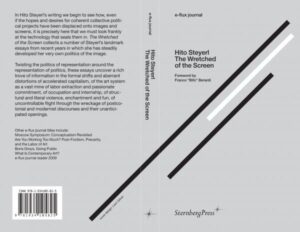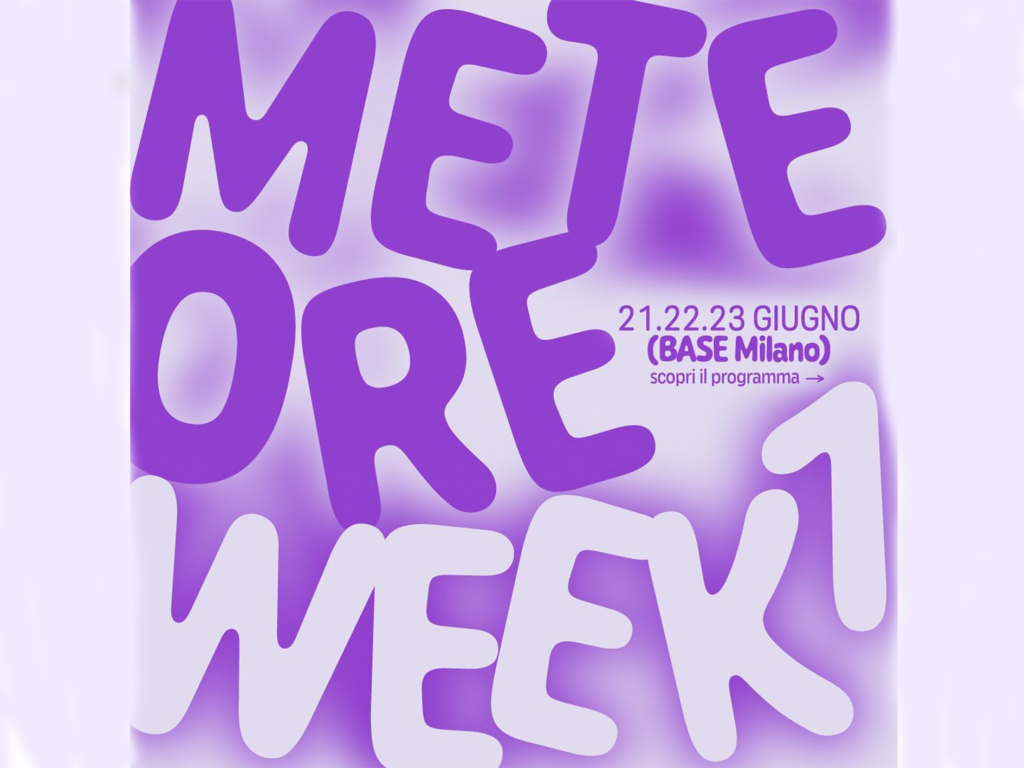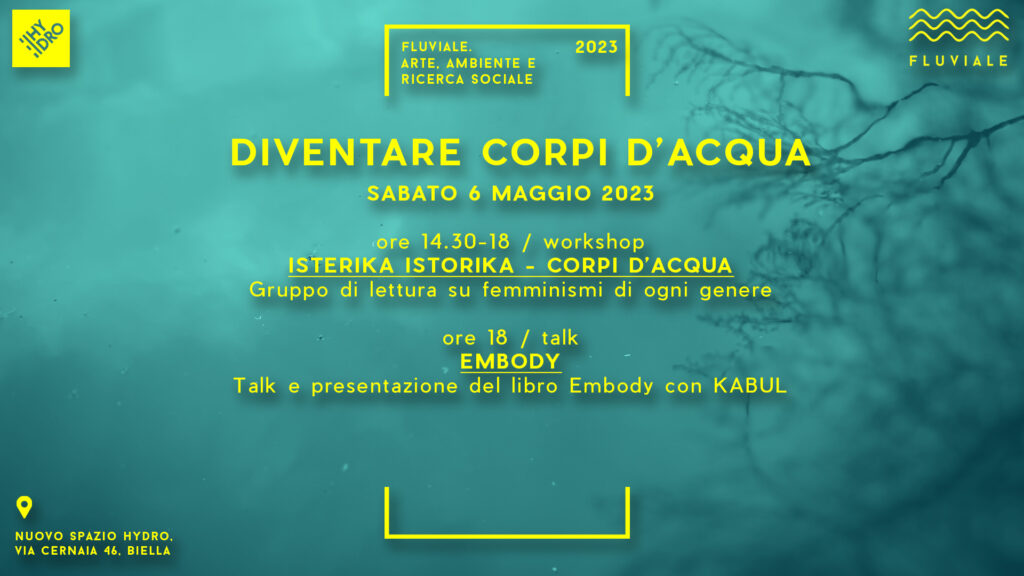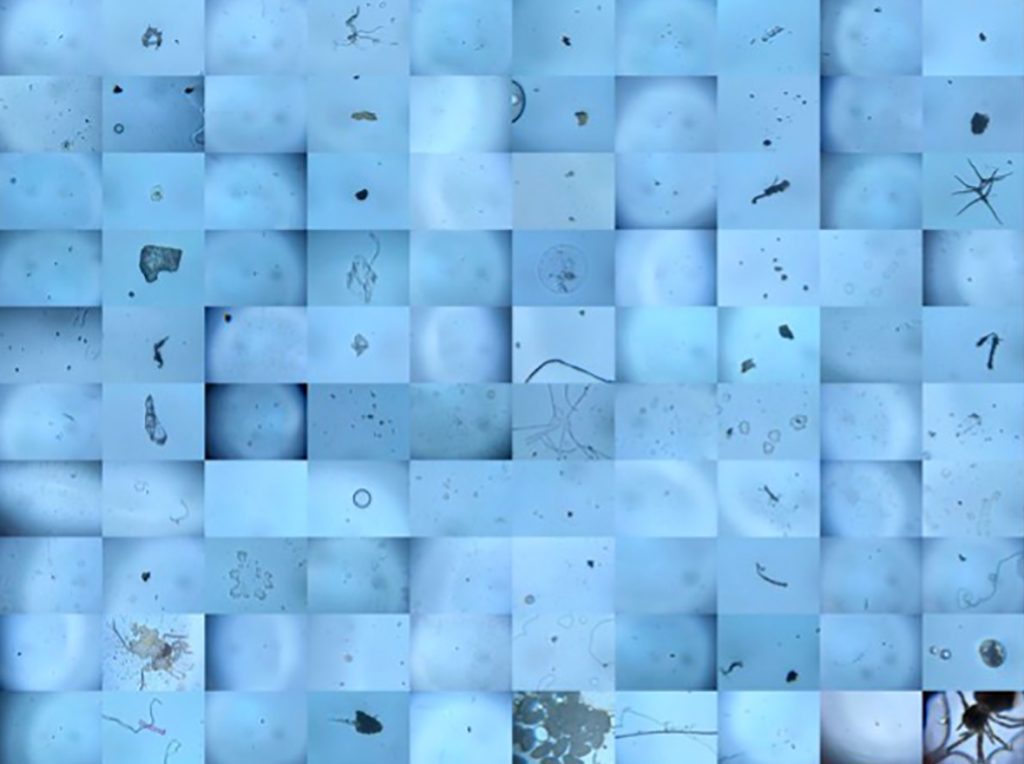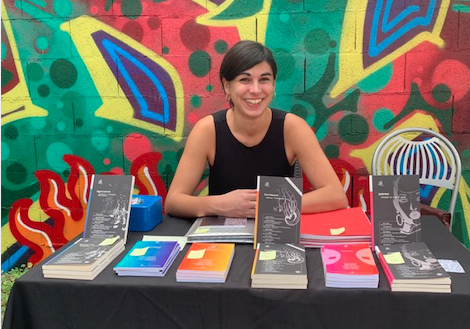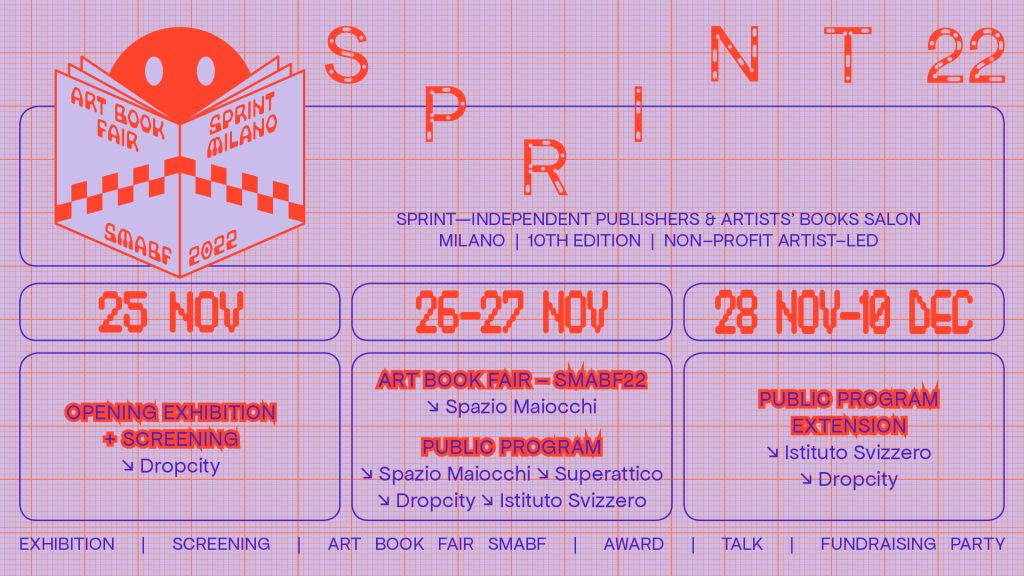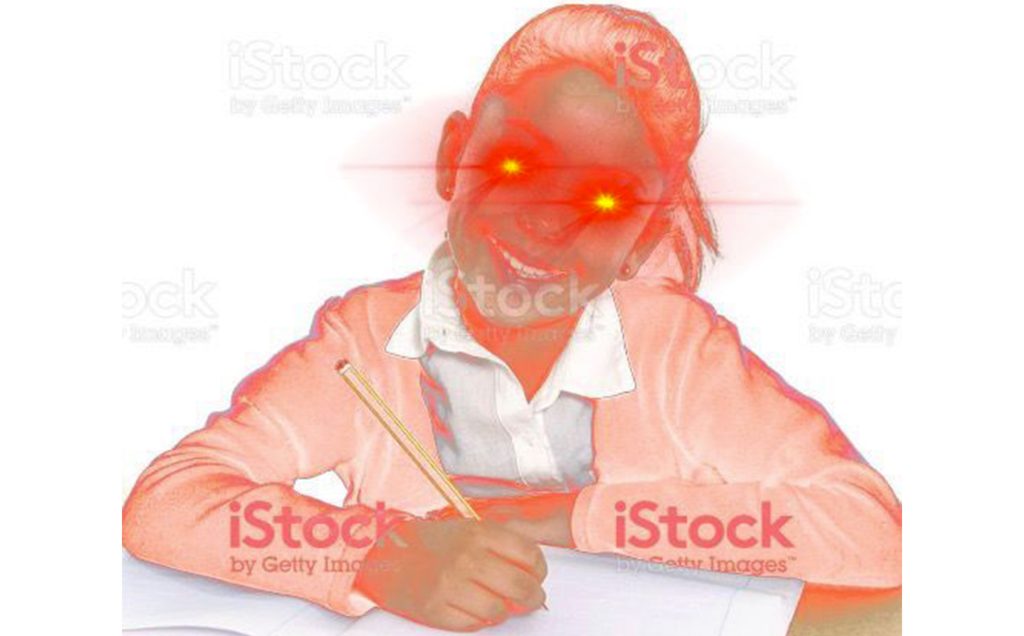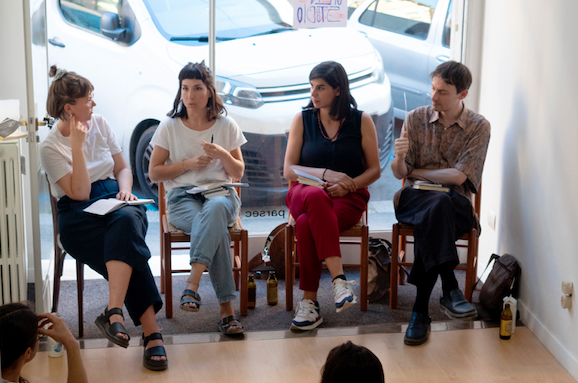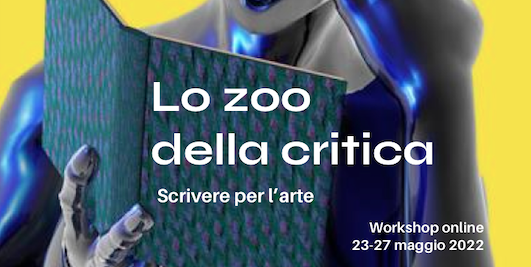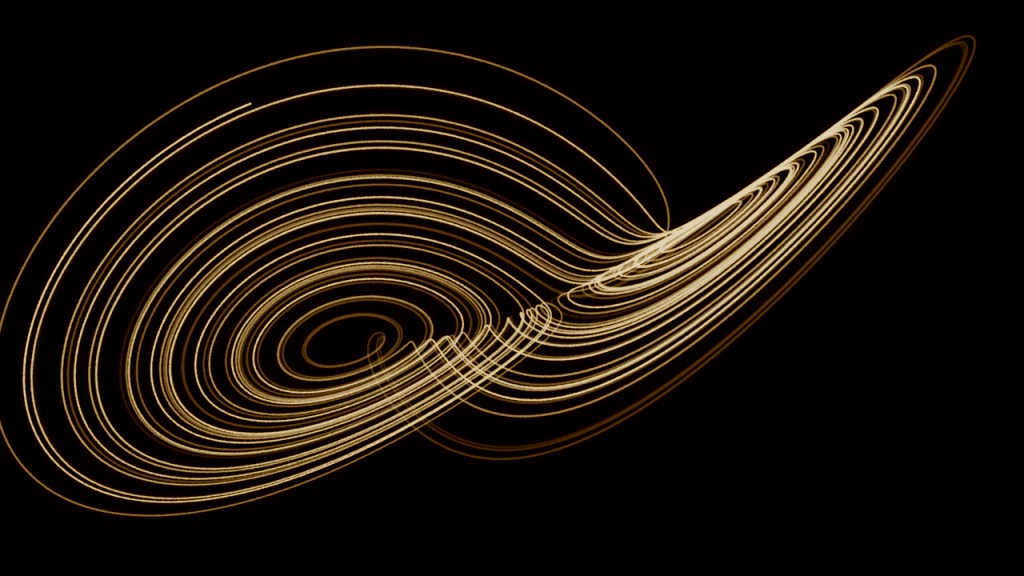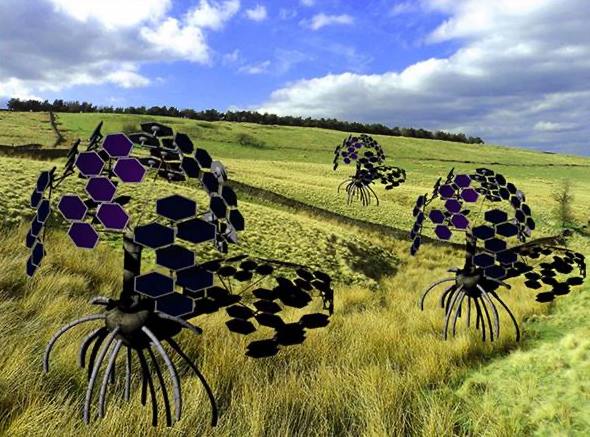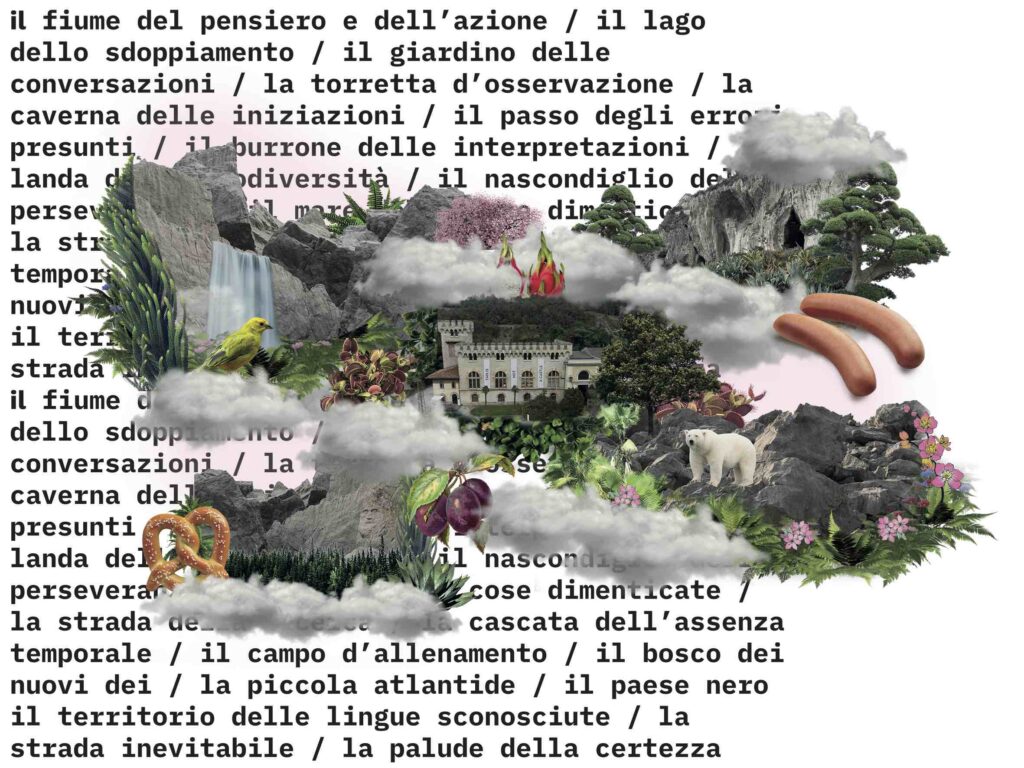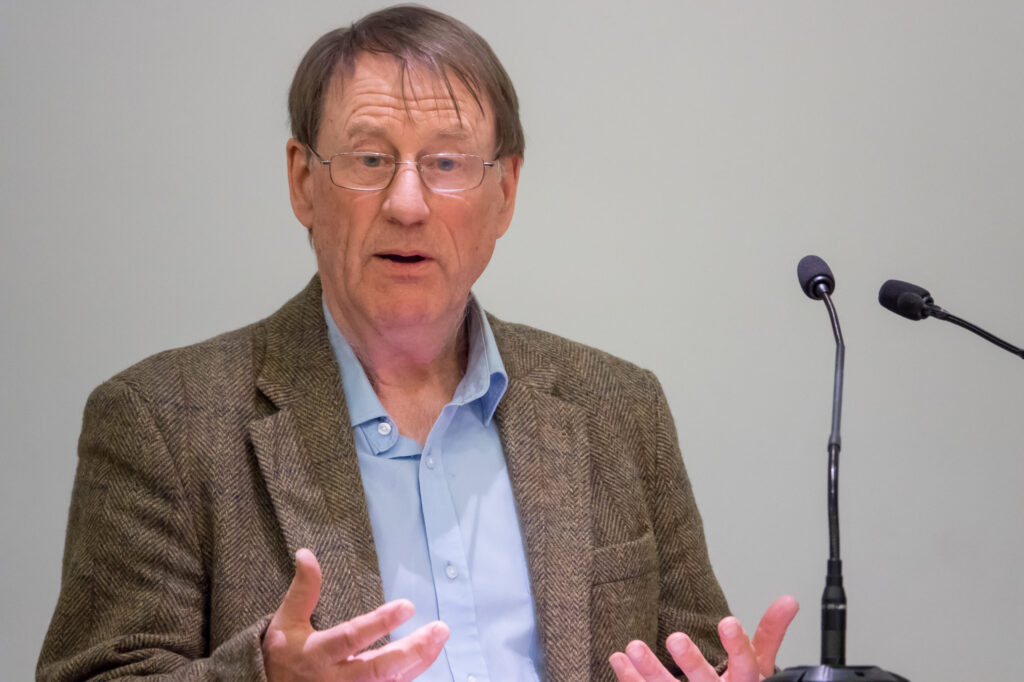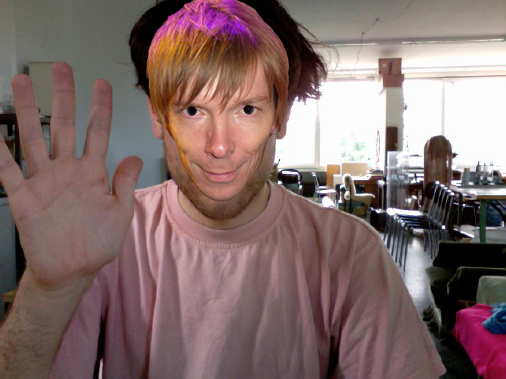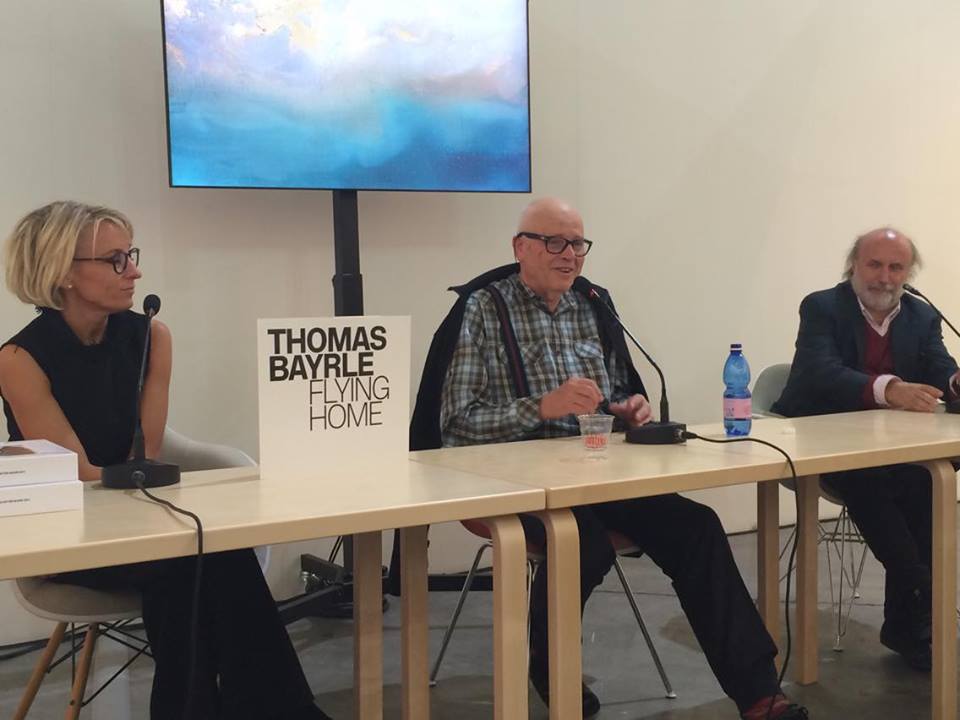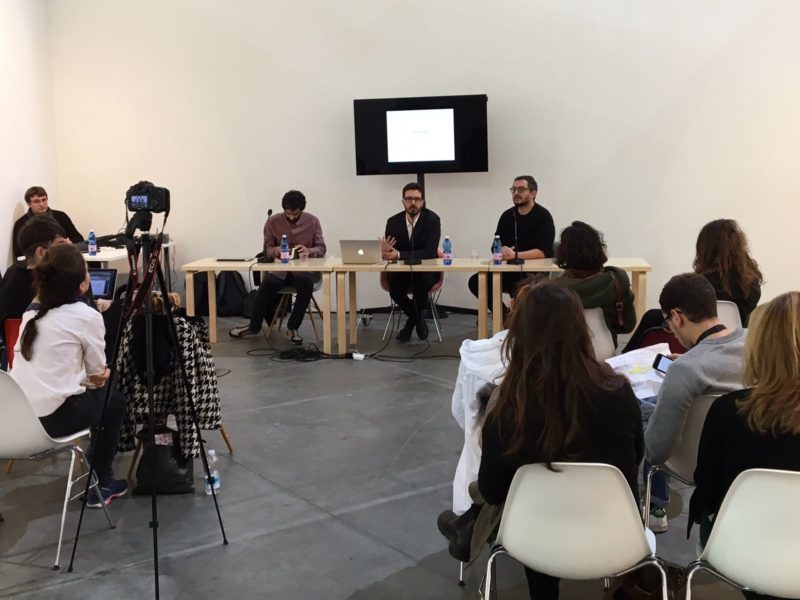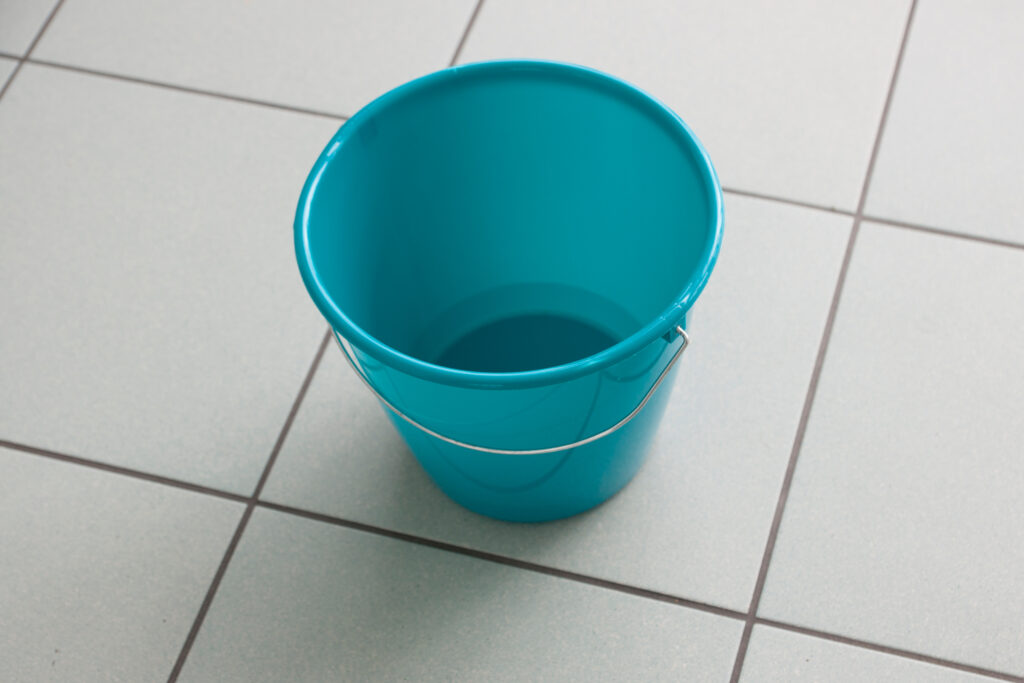More on Magazine & Editions
Magazine , ESCAPISMI - Part I
Sparire dentro un pixel
Pratiche di in-visibilità a partire da “How not to be seen: a fucking didactic educational.mov file”

Magazine , ESCAPISMI - Part I
Rifugiarsi nel sogno per rompere il sonno. Pratiche per cadere dalla ruota del criceto
Un saggio, un’altra meta-narrazione della realtà che contribuirà a resistere alla noia, di chi scrive sicuramente e forse anche di chi legge; a rompere il sonno e a credere nei sogni come forma di potere.

Editions
Estrogeni Open Source
Dalle biomolecole alla biopolitica… Il biopotere istituzionalizzato degli ormoni!

Editions
Embody. L’ineffabilità dell’esperienza incarnata
Il concetto di coscienza incarna per parlare di alterità e rivendicazione identitaria

More on Digital Library & Projects
Digital Library
Imitazione di un Sogno
Esplorazioni filosofiche e sensoriali tra sogno e realtà.

Digital Library
La Mia Morte
Un racconto polifonico degli ultimi istanti di vita di Pier Paolo Pasolini.

Projects
Presentazione di Estrogeni Open Source
In occasione di Mega Art Fair presenteremo il nostro libro Estrogeni Open Source

Projects
Folklore nero
Una conversazione tra Mara Russo e Davide Coppo per OPERA Festival sull’emergere dei neofascismi.

